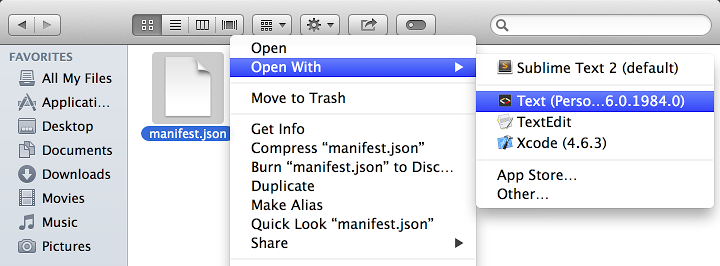

He’s also created videos that layout the process for Linux and Windows users.

If you prefer to learn visually, our video producer Thomas has created a video for you that outlines the steps involved in creating your own local CA. Creating CA-Signed Certificates for Your Dev Sites.Becoming a (Tiny) Certificate Authority.In this article, we’ll walk through creating your own certificate authority (CA) for your local servers so that you can run HTTPS sites locally without issue. Even if you do manage to generate a self-signed certificate, you still end up with browser privacy errors. Creating a local SSL certificate to serve your development sites over HTTPS can be a tricky business. While Let’s Encrypt and its API has made it wonderfully easy for anyone to generate and install SSL certificates on their servers, it does little to help developers with HTTPS in their development environments.

This was widely accepted as a good idea, as securing web traffic protects both the site owner and their customers. In 2018 Google started advocating that sites adopt HTTPS encryption, by marking sites not using an SSL certificate as “not secure” in their Chrome browser.


 0 kommentar(er)
0 kommentar(er)
